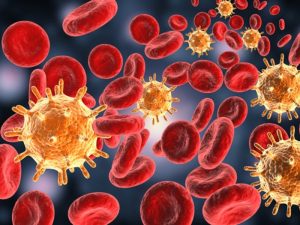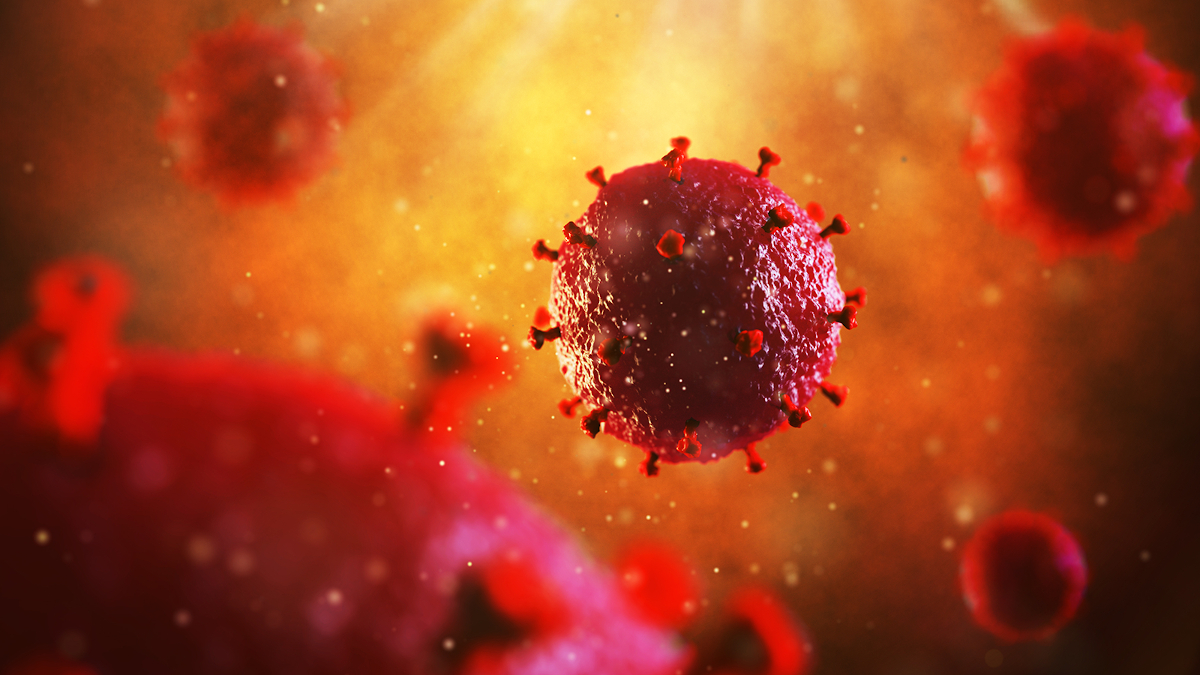It’s no secret that there are people who are genetically resistant to HIV. It turns out that this resistance can be a panacea for some patients.
A group of doctors from Berlin published the results of an experiment that amazed AIDS experts. They transplanted the bone marrow of an anonymous donor, genetically resistant to HIV, to a leukemia patient with a positive reaction to HIV antibodies for ten years. Doctors hoped that this would not only help to cope with leukemia (a similar technique is traditional for the treatment of such patients), but also supply the  patient’s body with a sufficient number of HIV-resistant immune cells to control the infectious process.
patient’s body with a sufficient number of HIV-resistant immune cells to control the infectious process.
The results exceeded all expectations. Instead of a simple decrease in the titer of the virus in the blood, there was a complete disappearance of any signs of its presence in the body, including in tissues, where it is usually in a “sleeping” state.
And scientists from South Africa have learned that antibodies can form in the human body that neutralize certain strains of HIV. It turns out that when a virus adds a sugar molecule to its surface in order to penetrate human cells, antibodies adapt and begin to recognize this sugar. As a result, antibodies are able to cope with 9  out of 10 known strains of HIV.
out of 10 known strains of HIV.
The research in question is based on the analysis of blood samples taken from two HIV-infected women at regular intervals over several years. This made it possible to understand how the virus and antibodies changed over time.
So, the sugar molecule that plays a key role is called a glycan. It is located at point 332 of the surface protein of the virus. It is this molecule that is the conductor of more than 88 percent of strains. And antibodies, recognizing the infected molecule, although they did not cure HIV, they did not allow them to infect healthy cells.
The discovery made brings scientists closer to creating an HIV https://en.wikipedia.org/wiki/HIV vaccine that can cope with virus mutations. True, a vaccine created on the basis of isolated antibodies will still have a limited area of action – a specific glycan. This worries researchers.



